7 Spicy Secrets of Shichimi Togarashi You Never Knew (But Definitely Need!) 🌶️
Table of Contents
- Introduction: What Exactly is Shichimi Togarashi?
- A Sprinkle of History: Origins and Evolution
- Cracking the Code: The 7 Magical Ingredients
- How to Use It Like a Pro: Creative Applications in Your Kitchen
- Buying & Storing Tips: Keep It Fresh, Keep It Fierce
- DIY Alert! Make Your Own Custom Blend at Home
- Global Spice Traditions: How Does Shichimi Compare Worldwide?
- Conclusion: Spice Up Your Life with Shichimi Togarashi
Introduction: What Exactly is Shichimi Togarashi?
If you've ever ordered ramen in Japan or browsed an international spice aisle, you may have seen that cute little red bottle labeled shichimi togarashi. But what's inside isn't just another chili powder. It’s a seven-ingredient blend that brings complexity, warmth, and a touch of drama to your dishes.

Unlike the straightforward heat of cayenne or crushed red pepper flakes, shichimi offers layers of flavor—spicy, nutty, floral, and smoky. In this article, we’ll dive into its history, decode its ingredients, and give you tips to make it work like magic in your kitchen!
A Sprinkle of History: Origins and Evolution
Shichimi togarashi, which translates to “seven-flavor chili pepper,” traces its roots back to 17th-century Japan. Legend has it that apothecaries first created the blend as a remedy for cold weather ailments. Over time, it became a staple condiment, especially in regions like Edo (modern-day Tokyo).
Interestingly, there's no one-size-fits-all recipe. While most blends contain seven core ingredients, individual shops and families often tweak proportions or even add their own secret components!
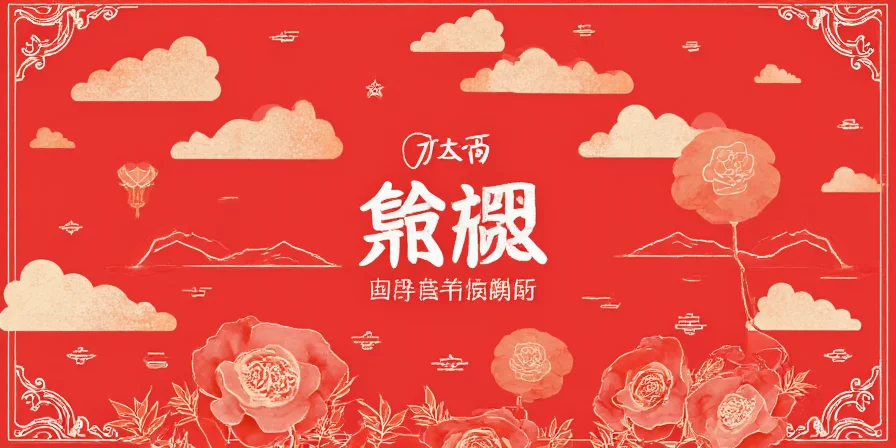
Cracking the Code: The 7 Magical Ingredients
Here’s a breakdown of the typical ingredients found in a classic shichimi togarashi mix:
| Ingredient | Flavor Profile | Function in the Blend |
|---|---|---|
| Red chili pepper | Spicy, earthy | Main heat source |
| Orange peel | Citrusy, fresh | Brightens the blend |
| Sesame seeds | Nutty, mild | Adds texture and depth |
| Hemp seeds | Earty, slightly bitter | Unique herbal note |
| Kelp (kombu) | Umami-rich, savory | Boosts overall savoriness |
| Sichuan pepper | Tingly, citrusy | Adds numbing sensation |
| Ginger | Warm, zesty | Enhances heat and brightness |
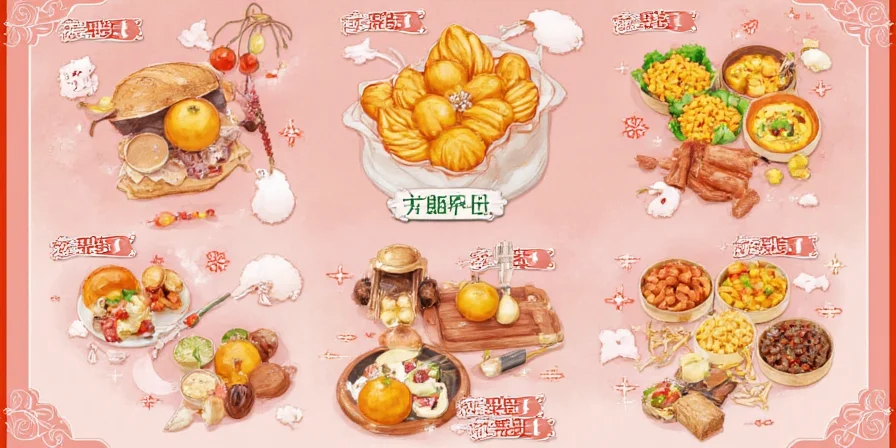
How to Use It Like a Pro: Creative Applications in Your Kitchen
Ready to turn up the heat in your home cooking? Here are some pro-level tips for using shichimi togarashi:
- Pasta Perfection: Mix a pinch into olive oil and lemon zest for a fast umami-packed sauce.
- Grilled Cheese Upgrade: Add a dash to melted butter before pan-frying for a spicy crunch.
- Popcorn Hack: Toss freshly popped kernels with melted butter and a sprinkle of shichimi for gourmet popcorn.
- Marinades Made Easy: Combine with soy sauce, garlic, and honey for a marinade that’ll take chicken or tofu to the next level.
- Dips & Dressings: Stir into mayo, sour cream, or yogurt-based sauces for an instant kick.
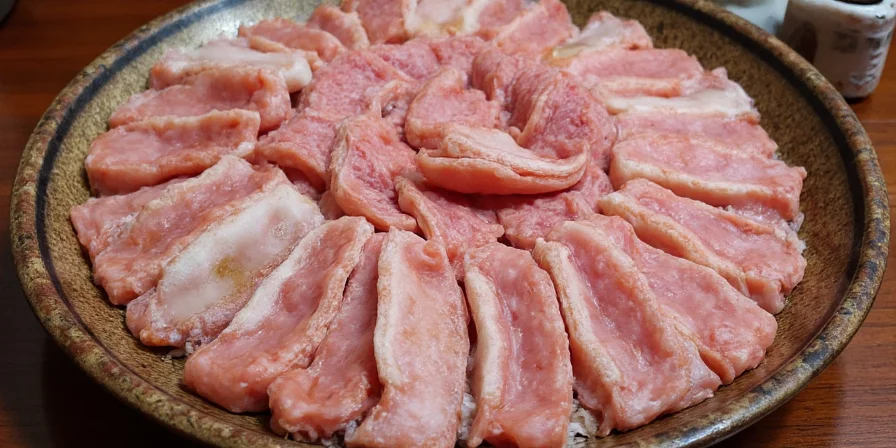
Buying & Storing Tips: Keep It Fresh, Keep It Fierce
When shopping for shichimi togarashi, look for brands that list all seven ingredients on the label. Some commercial blends might skimp on certain spices or include additives like salt or preservatives.
Here’s how to keep your shichimi fire-hot:
- Air-tight container: Store in a cool, dark place away from moisture and sunlight.
- Fridge life: If you use it infrequently, refrigeration can extend freshness up to a year.
- Grind it fresh: For DIYers, grinding whole seeds right before use intensifies flavor.
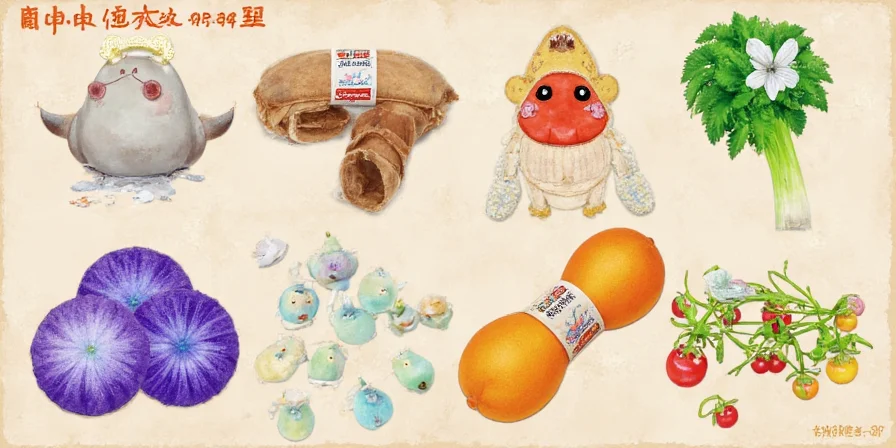
DIY Alert! Make Your Own Custom Blend at Home
Feeling adventurous? Try making your own version! Here’s a simple base recipe:
Homemade Shichimi Togarashi Recipe
- 2 tbsp red chili flakes
- 1 tbsp dried orange peel, finely ground
- 1 tbsp black sesame seeds
- 1 tbsp hemp seeds
- 1 tbsp kombu flakes
- 1 tbsp Sichuan peppercorns
- 1 tbsp dried ginger powder
Mix everything together and store in an airtight jar. Adjust ratios to suit your taste—add more chilies for extra fire or boost the citrus with extra orange peel.
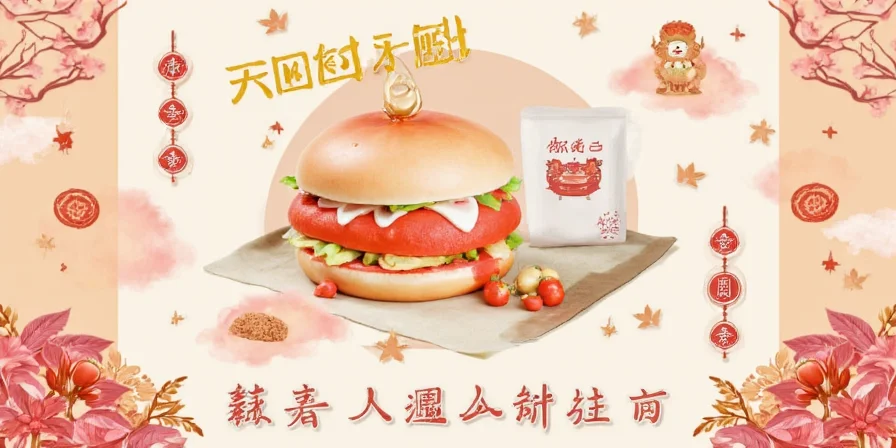
Global Spice Traditions: How Does Shichimi Compare Worldwide?
While shichimi togarashi is unique to Japan, other cultures also celebrate complex spice blends. Here’s a quick comparison:
| Spice Blend | Country | Number of Ingredients | Flavor Profile |
|---|---|---|---|
| Shichimi Togarashi | Japan | 7 | Spicy, Umami, Nutty, Citrusy |
| Garam Masala | India | 8–10+ | Earthy, Warm, Floral |
| Dubba Masala | China | 5–6 | Numbing, Smoky, Spicy |
| Za’atar | Middle East | 4 | Herby, Tangy, Nutty |
| Old Bay | USA (Maryland) | 18 | Briny, Peppery, Herbal |
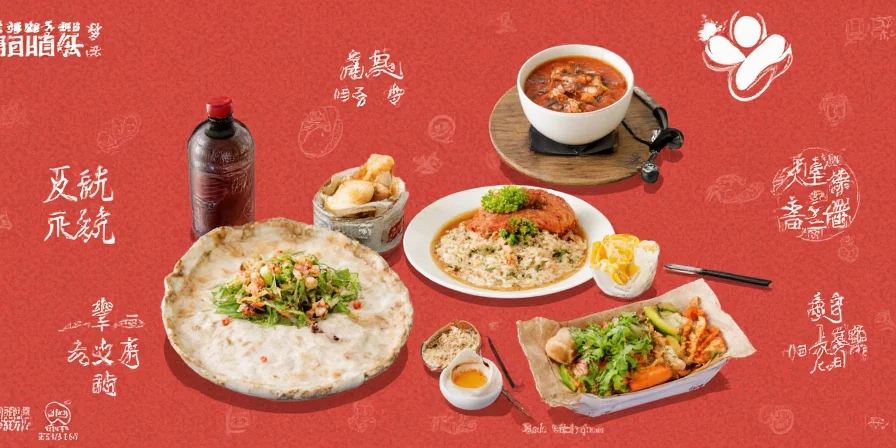
Conclusion: Spice Up Your Life with Shichimi Togarashi
Shichimi togarashi is more than just a pretty bottle on a shelf—it’s a versatile, flavorful, and historically rich spice blend that deserves a spot in every spice lover’s pantry. Whether you’re sprinkling it on noodles, mixing it into dips, or whipping up your own custom batch, this fiery fusion of seven flavors is ready to become your new kitchen essential.
So go ahead, embrace the heat—and don’t forget to share your shichimi creations with the world!
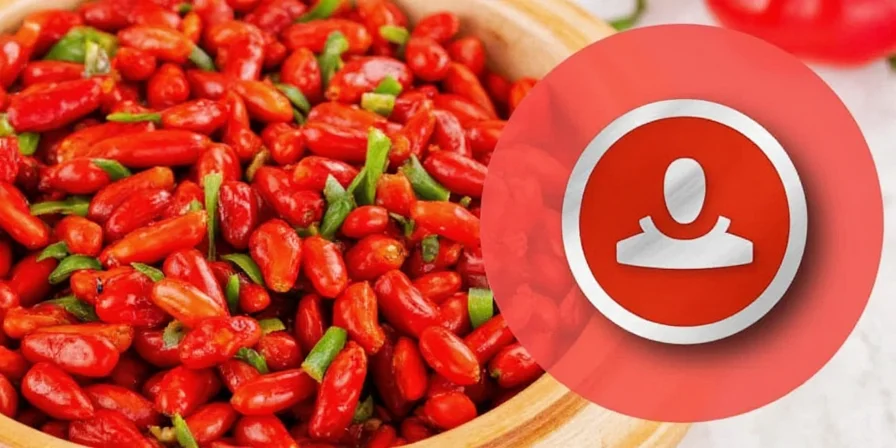

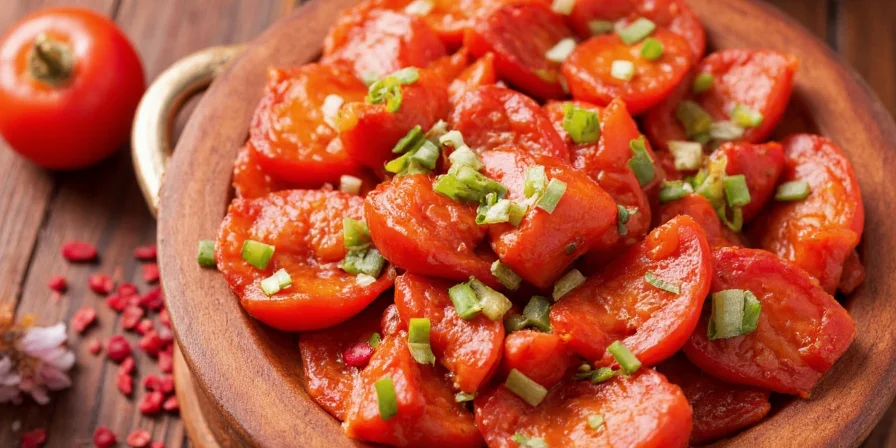









 浙公网安备
33010002000092号
浙公网安备
33010002000092号 浙B2-20120091-4
浙B2-20120091-4